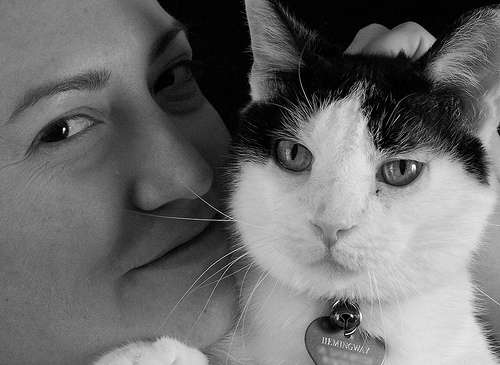Breaking down experiences into million parts may help explain consciousness

Take the screen on which you are reading this article. When you look at it, you see one complete scene, but you know that this scene is composed of millions of pixels that only come in three colours: red, blue and green. When you look out at the world, you see one integrated landscape, whole and complete. But what if like every other biological system, this conscious experience too has its basic building blocks? I ask this question because, despite decades of research, consciousness remains an unexplained phenomenon. Perhaps thinking of consciousness as being made of bits of awareness is the solution.
I contend there are basic building blocks of experience that are so small that, like pixels, they are hard to experience individually. However, when produced in large numbers they create the beautiful and often sublime images we see of the world around us. In the fields of psychology and philosophy of mind, there is a well-established literature that labels unique inner experiences as qualia.
Consciousness as a whole involves many types of sensory qualia, but to make this problem simpler I would like to focus on visual experiences. If we are able to show that this model works for vision, then we can extrapolate to other experiences and explain the whole of sensory consciousness.
Disintegrating the whole
Visual qualia are quanta of visual awareness produced by circuits in the brain containing hundreds to thousands of neurons. Circuits with specific topologies reproducibly create the same type of qualia and it is likely there are just a few diverse types. For example, there might only be three colour qualia that produce the sensations of red, blue and green. When large numbers of these colour qualia are combined in different ways, we create every possible colour we humans can experience.
There are many models that address phenomenal consciousness or the consciousness of experience. However, most of these hypotheses start at a high level and attempt to explain our overall conscious states. As a result, these ideas of consciousness are top-down models and often do not acknowledge the possibility of smaller, independent forms of awareness that may exist in our craniums.
This idea of bits of visual awareness is a bottom-up approach to explain consciousness. It is based on the general architecture of the brain, which is composed of small neural circuits communicating with each other. Already there appears to be evidence supporting the idea of quantised visual awareness (QVA), and this QVA hypothesis sits nicely within much of what is known about the visual system and how it works.
Understanding how the broken parts work
Our visual cortex contains various centres, simply called V1, V2 and so on, that process different aspects of vision. V1 contains neural circuits (called ocular dominance columns) that correspond to specific points in our visual field. V3, V4 and V5 process higher-level information like dynamic form processing, colour and form processing, and motion processing, respectively. In the recent Frontiers in Psychology paper, I propose that qualia are produced by neural circuits of V1 but are not integrated into a visual experience until the higher centres – that is, V3, V4 or V5 – finish their respective calculations.
An example might help explain this better. Your visual system sees the colours of things as the same despite lighting conditions. This is important for many reasons including the identification of things. As a result, your visual system may lighten the overall appearance of something if it is in shadow so that you "see" it as lighter than it really is.
Imagine a point of green light in your field of view that is in shadow. This would result in a green qualia produced by V1 at that location. However, after V4 determined the illumination ratios for the scene, V4 would excite neural circuits in V1 yielding red, blue, and green qualia. These qualia would sum up to the equivalent of white light and combined with the original green qualia result in a lighter shade of green. This model offers a similar straightforward mechanism for controlling the hue, saturation and luminance of any colour.
Quantised visual awareness is consistent with what we know of biological systems. Basic sets of building blocks are used to create a huge variety of intricate structures in biology and this occurs at every level of complexity. Given the constantly changing, highly diverse environments we encounter, it seems likely that the same evolutionary pressures that have produced the complex structures of our bodies would also select for a visual system that could represent a vast number of possible environments from a limited set of qualia building blocks.
But, as with any scientific hypothesis, this will need to be tested. We plan to use detailed maps like the Big Brain project – a high resolution map of the human brain – to look for and identify these circuits.
QVA will allow us to understand the evolution of visual awareness in animals. We no longer need large mammalian brains to create awareness, but only neural circuits of hundreds to thousands of neurons. Imagine a single quale forming long ago within the nervous system of some simple organism. If this provided a selective advantage, over time the number and type of qualia would increase and eventually lead to complex forms of visual consciousness like that found in humans.
This story is published courtesy of The Conversation (under Creative Commons-Attribution/No derivatives).
![]()

















